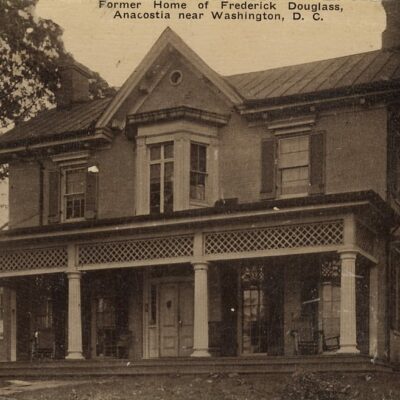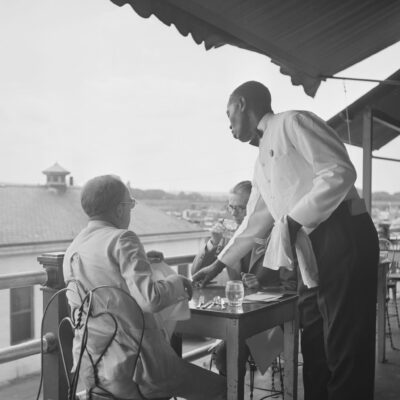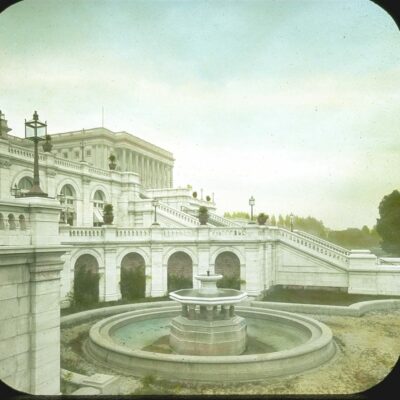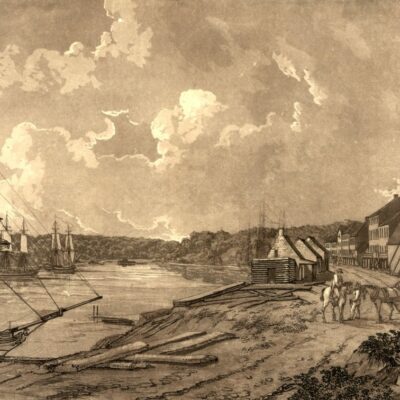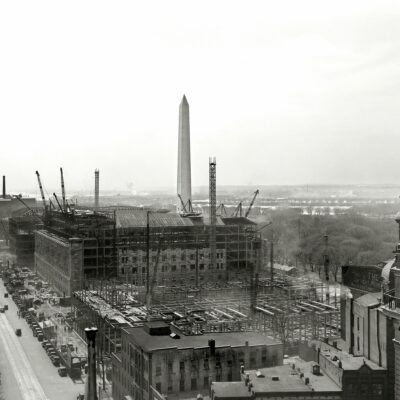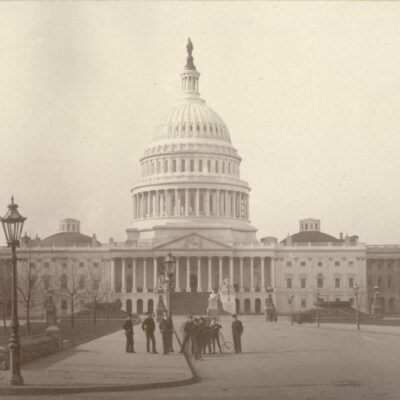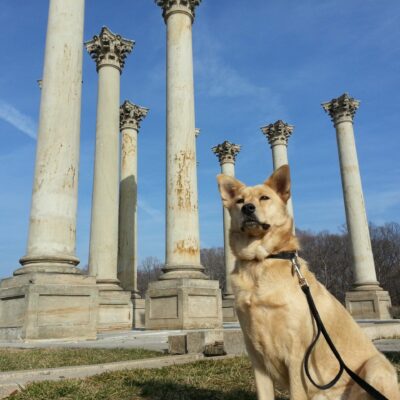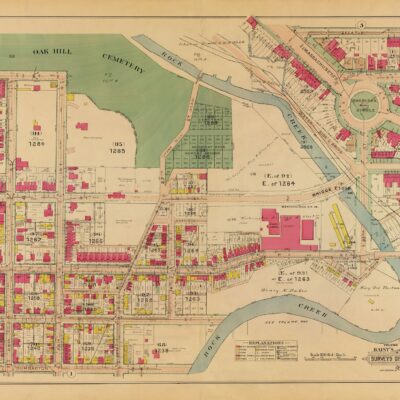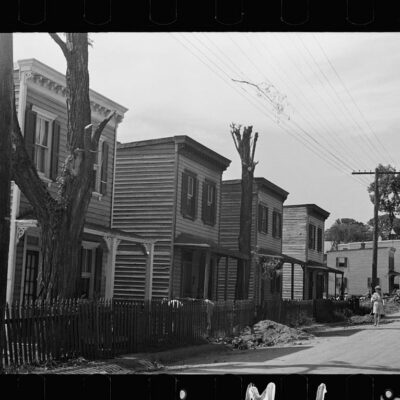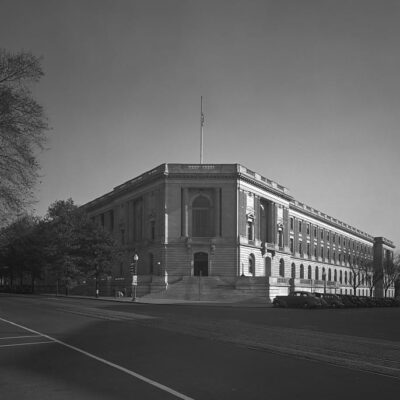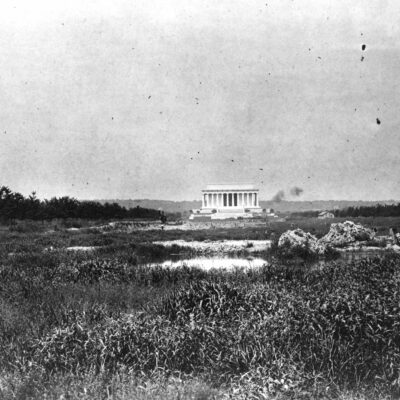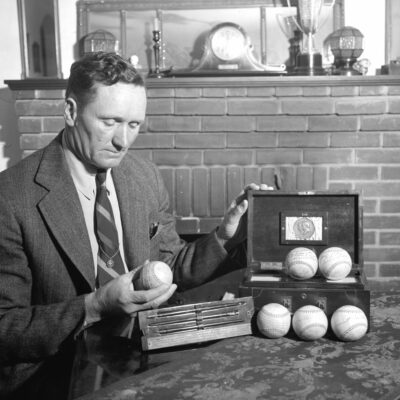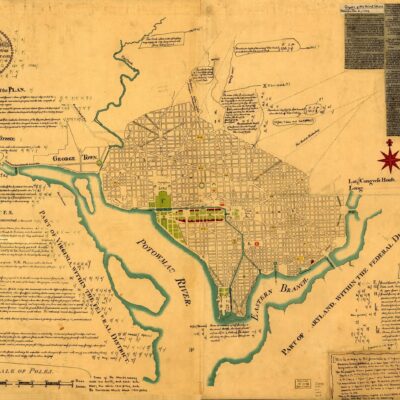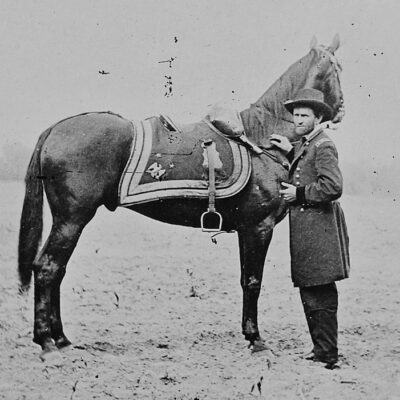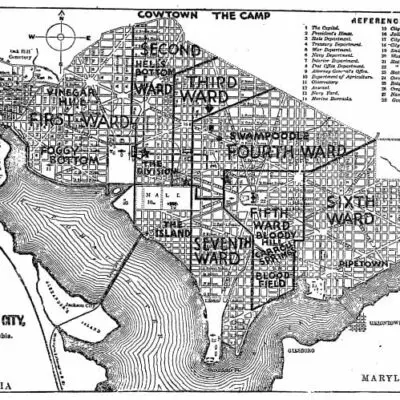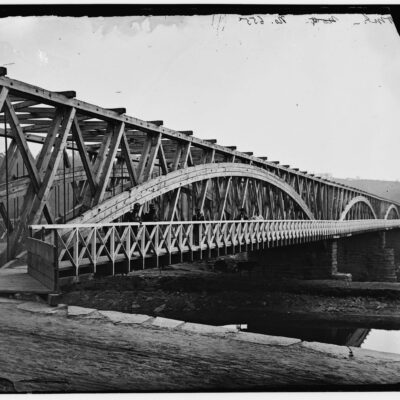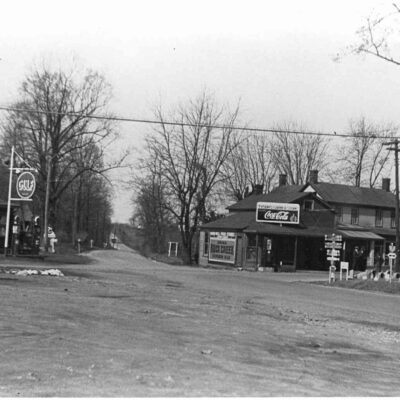Ghost Dog took last week off, but she’s back this today with three stories about Sheridan Circle.
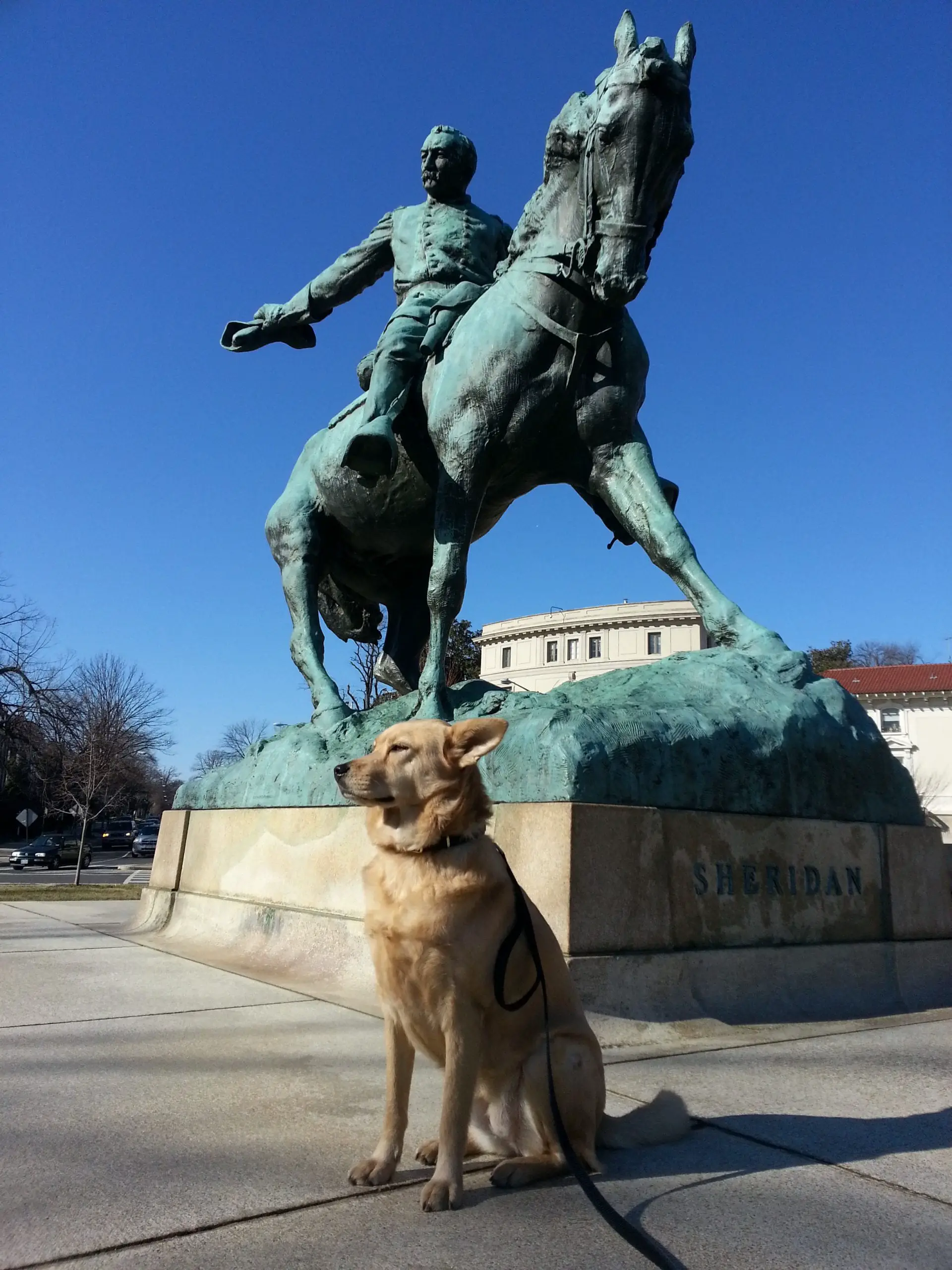
The circle is a quiet one at the intersection of Mass. Ave, 23rd St. and R St. NW. In 1888, the District Commissioners decided to name the circle after Civil War General Philip H. Sheridan
1. Bomb blast kills ex-ambassador and aide
Political assassinations are not common occurrences in Washington. Given the abundance of embassies, diplomats and spies, it is extremely rare when something like this happens. Wednesday, September 21st, 1976 at 9:35 a.m. was one of those rare moments.
Orlando Letelier, the former Chilean Ambassador to the U.S., was driving to work with his aide, Ronni Moffett, and her husband Michael Moffitt in the back seat. The car entered Sheridan Circle, and as it was approached the Irish embassy, a massive explosion ripped through the vehicle, lifting it into the air.
It crashed into an illegally parked Volkswagon and came to rest.
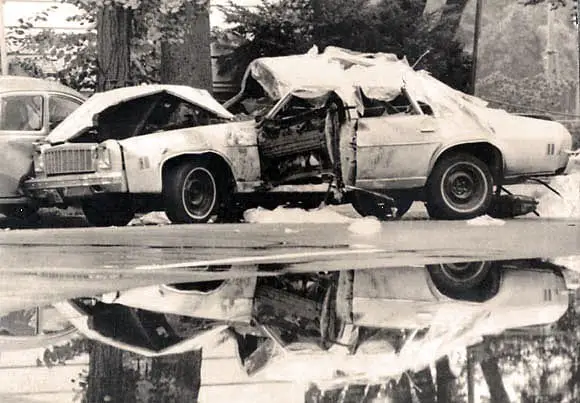
Michael was able to climb out of the rear window and saw his wife Ronni staggering away from the vehicle. Assuming she was fine, he returned to help Letelier who was barely conscious. A large hole had been ripped below the driver’s seat, where the bomb had been placed to direct the force of the explosion up through the seat. Letelier’s lower torso had been blown away.
Ronni and Orlando were both taken to the George Washington University Medical Center. Letelier died almost immediately upon arrival, having little chance of survival. Ronni was bleeding profusely from her mouth, and it was later discovered that her larynx and carotid artery had been severed by shrapnel. She died at the hospital, an hour later.
It was later discovered that the assassination was an attack by Chilean secret police DINA, on the orders of dictator Augusto Pinochet during Operation Condor.
The saddest part was reading the Washington Post article published the following day.
The Moffitts were passengers in Letelier’s car by sheer coincidence, Michael Moffitt said last night in a tearful interview at his Potomac home, where he was provided a police guard. Because their own car had broken down Monday night, Moffitt said, he and his wife rode with Letelier to his Bethesda home. Then they drove to their own Potomac home in Letelier’s car.
Yesterday morning, the Moffitts returned to pick up Letelier, waiting inside his house for about 15 minutes while he talked on the telephone. Then all three left for work in the same car.
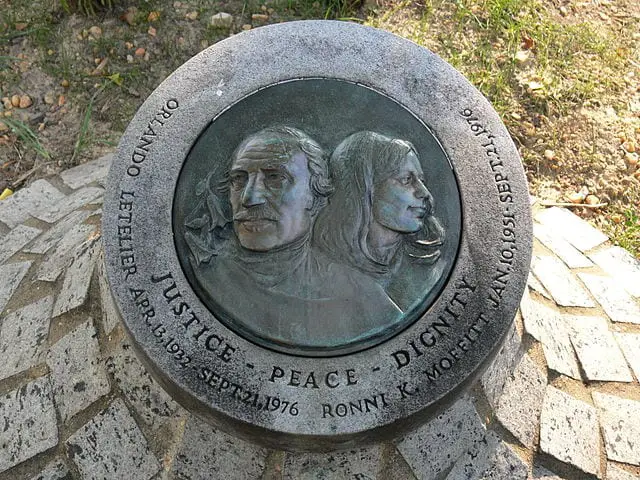
Letelier was a senior fellow at the Institute for Policy Studies (IPS) and Moffitt was a development associate. Each October, IPS hosts an award in their names, the Letelier-Moffitt Human Rights Awards.
Walking by the same spot today, you will see the Orlando Letelier and Ronni Moffitt monument, inscribed with “Justice – Peace – Dignity.”
2. The city’s most beautiful residential district
It’s hard to counter the claim that the area around Sheridan Circle is the most beautiful residential neighborhood in Washington. Expanding out from the circle is a collection of some of the most massive and ornate mansions.
Their days of serving as the homes of Washington’s rich are long gone, but foreign embassies have taken over most of them and a large number survive today, though some in great disrepair (read the Post’s piece on this from 2008).
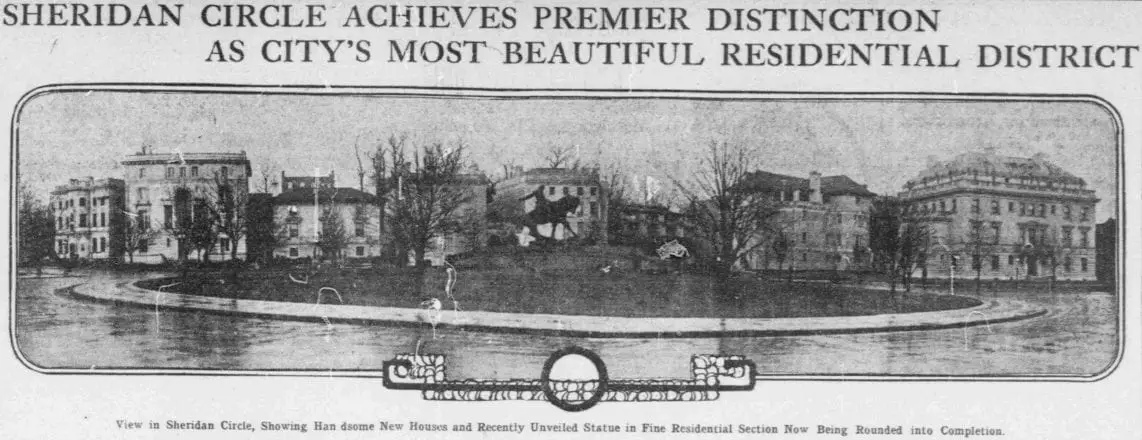
The Washington Times has a great article about the rise of Sheridan Circle as the epicenter of Washington’s mansions, published on Saturday, December 19th, 1908.
One of the most prominent sections of Washington today is Sheridan circle. General attention to it was recently compelled by the unveiling of the statue of General Sheridan, and the resident public discovered that it had been drawn to what is perhaps the finest residential location in the city. It easily equals, if it does not surpass, famous Dupont circle.
Different from the latter exclusive section Sheridan circle is not intersected by car lines. The surroundings are quiet, seeming to create an atmosphere of substantial luxury and refinement. The circle is now almost completed. Save for unfinished residences in two or three instances, little remains to be done to make the section a permanent addition to the other fine residential sections of the city, famous throughout the country for architectural beauty, combined with the sumptuousness provided by wealth.
Sheridan circle may be said to be the center of palaces. Within a radius of a few squares, furthermore, are scores of other palatial residences, to use a well-worn but favorite term. There is some open space on the extreme west side of the circle, where, on account of the slope of the land toward Rock Creek valley the ground has naturally been the last to be taken for expensive residences. On practically every other lot in and near the circle, however, magnificent homes such as those referred to have been erected.
-ad 607-…
On the opposite side of Massachusetts avenue is the home of Senator Henry Cabot Lodge, with Flemish bond finish and slated mansard roof. Adjoining it on the east is another magnificent house of similar style, and then follows a row of attractive, although less pretentious houses of Roman brick, with brownstone trimmings.
3. Pranksters dress Sheridan’s statue with undergarments
Here’s an amusing story from the Washington Post on May 8th, 1911. Seems like a few of the neighborhood kids were keen on pulling some pranks.
Decorated with a nightcap, laces, and other pieces of lingerie, the statue of Gen. Phil Sheridan, in Sheridan circle, Twenty-third street and Massachusetts avenue, presented a strange and unwonted appearance last night.
The nightcap, trimmed with laces and adorned with yards of pink and blue ribbon, perched rakishly on one side of the old warrior’s head, while long streamers of blue ribbon were drawn tightly under the chin of the statue and tied in a neat bow. Draped about the shoulders was a flimsy garment, abounding in lace and insertion, which was drawn across the breast and pinned, and streamers of ribbon hung down in front.
To be in keeping with the new dress of its rider, the horse also wore special adornments, several yards of ribbon and laces gayly floating in the light wind from the tail, while about the ears were tied bows of ribbon and lace.
In the outstretched hand of the statue was placed a lady’s handkerchief, with a wide border of lace.
The work is believe to be the prank of some boys of the neighborhood, for whom the police are now searching.

